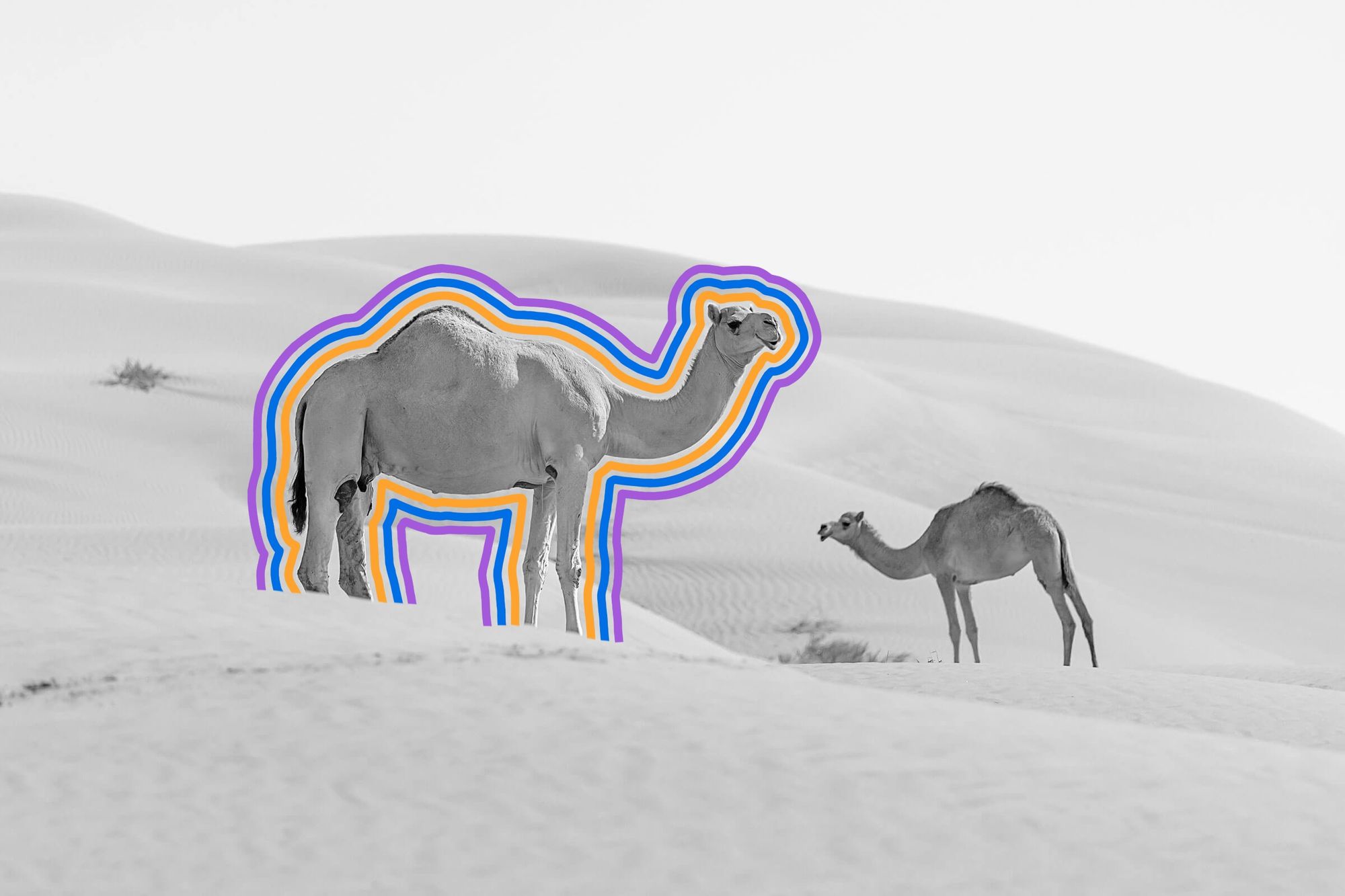
Google Maps used a camel to create a “street view” of the desert.
When Google Maps launched in 2005, it changed the way people get from Point A to Point B. But Google wasn’t content with merely revolutionizing everyday travel — the company wanted to recreate a 360-degree view of our world, and so launched Street View two years later. The idea was simple: Send out a fleet of vehicles equipped with cameras to document every inch of Earth. In fact, your abode is probably on Street View right now. But how to document places where vehicles can’t tread, whether that’s the sun-soaked deserts of the Arabian peninsula or the snowy peaks of Nepal?
Well, you improvise. In 2014, Google hired an Arabian camel (as well as a handler) to explore the Liwa Oasis in the United Arab Emirates. The camel helped limit any disruption of the natural environment (compared to, say, a Jeep); the camera, called a Trekker, rested on the animal’s hump. The oasis has some of the world’s tallest sand dunes, as well as a lush grove of date palms. For centuries, locals have enjoyed fruit from the palms, and used their trunks to weave tents and baskets.
However, the oasis is far from the only unusual place Google has sent cameras. For more than a decade, the company’s Trekker program has given cameras to both local organizations and daring adventurers to capture amazing places for the Street View program. And yes, that includes Everest.
In 1855, then-Secretary of War Jefferson Davis set aside $30,000 for the importation of camels for military use. Two years later, 75 camels were imported into the U.S. and pressed into military service, serving as beasts of burden bringing supplies among military outposts in the American Southwest. Although the camels performed their work admirably, the machinations of the mule lobby (who weren’t too happy about these imported, heat-resistant animals) and the onset of the Civil War spelled the end of the Army’s short-lived Camel Corps. The herds were sold off, with some joining circuses, working in mining operations, or simply going feral in the American West. Sightings of wild camels continued into the early 20th century, but the population was ultimately too small to survive.

